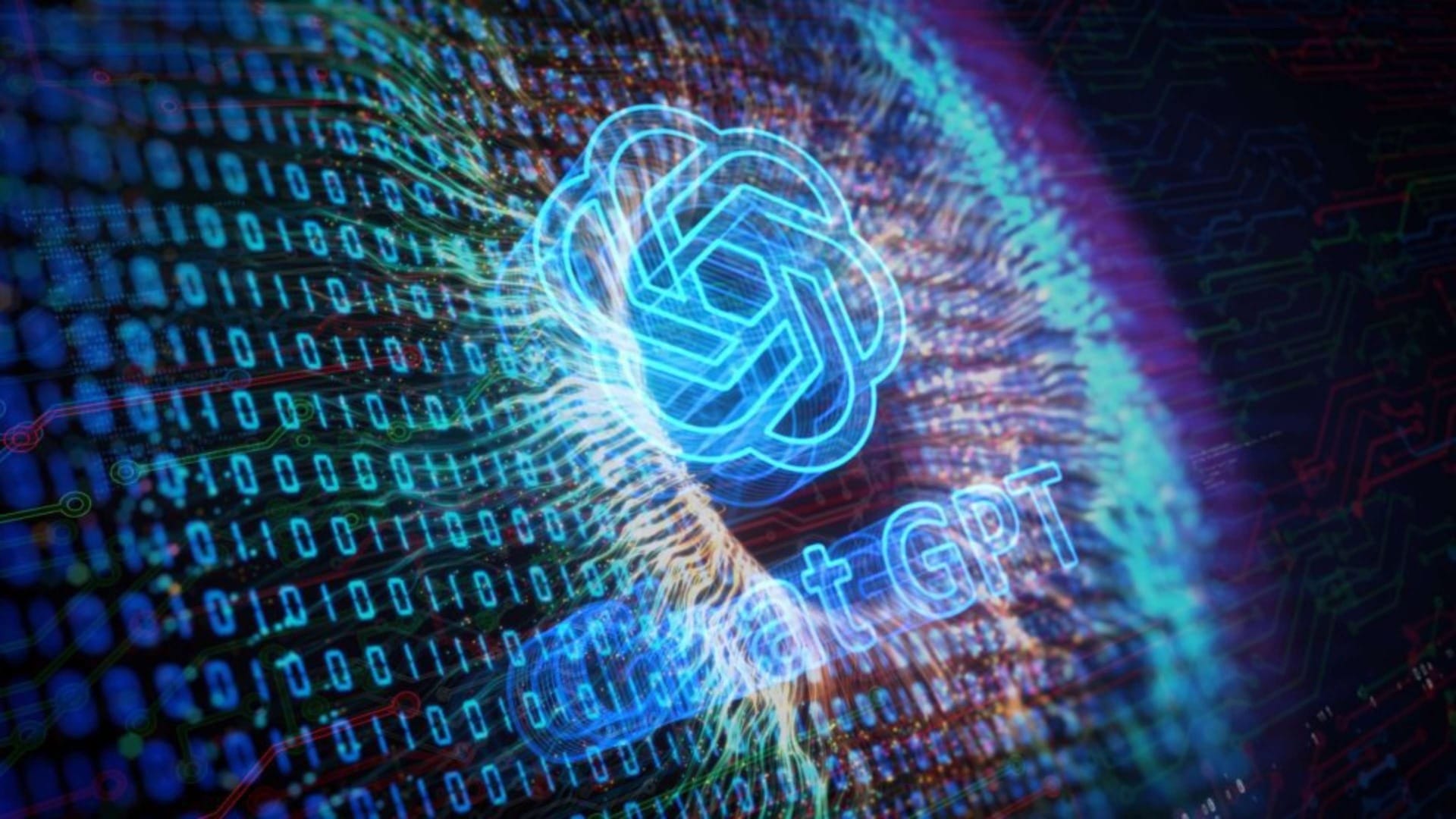OpenAI introduces new AI image detection tools
OpenAI launches new AI tools to detect AI-generated images and enhance watermarking for better content traceability.

In a recent announcement on their blog, OpenAI revealed the development of advanced tools designed to identify AI-generated images and implement new watermarking techniques. These innovations aim to improve the transparency and traceability of content created using AI technologies.
OpenAI has introduced a sophisticated image detection classifier, a cutting-edge tool that utilises AI to determine if images were generated by its DALL-E 3 model. This tool is capable of accurately predicting the AI origin of images with approximately 98% accuracy. The classifier remains effective even when the image has undergone modifications such as cropping, compression, or changes in saturation.
Despite its high accuracy with DALL-E 3-generated images, the tool’s effectiveness drops significantly when dealing with content from other AI image generators. For example, it identifies only between 5 and 10% of images generated by platforms like Midjourney as AI-created.
Enhancements in watermarking
In addition to the new classifier, OpenAI is also pioneering the use of tamper-resistant watermarks. These new watermarks are designed to embed invisible signals into audio content, further enhancing the ability to trace the origins of AI-generated material. This development is part of a broader effort by OpenAI, which also includes implementing content credentials as part of the image metadata. These credentials provide detailed information about an image’s ownership and creation process.
OpenAI’s participation in the Coalition for Content Provenance and Authority (C2PA) underscores its commitment to these efforts. This month, the AI firm took a more active role by joining the C2PA steering committee, which also includes major tech companies like Microsoft and Adobe.
Ongoing development and future plans
The tools for image and audio watermarking are still in the refinement phase. OpenAI is actively seeking feedback from users to gauge their effectiveness. To facilitate this, researchers and non-profit journalism organisations are invited to test the image detection classifier through OpenAI’s research access platform.
This initiative is part of OpenAI’s continuous work in detecting AI-generated content, an area where the company has been active for several years. However, the journey has not been without challenges. In 2023, OpenAI had to discontinue a programme aimed at identifying AI-written text due to consistently low accuracy rates.
As OpenAI continues to refine these tools, the broader implications for content authenticity and security in the digital space remain a significant area of focus.













